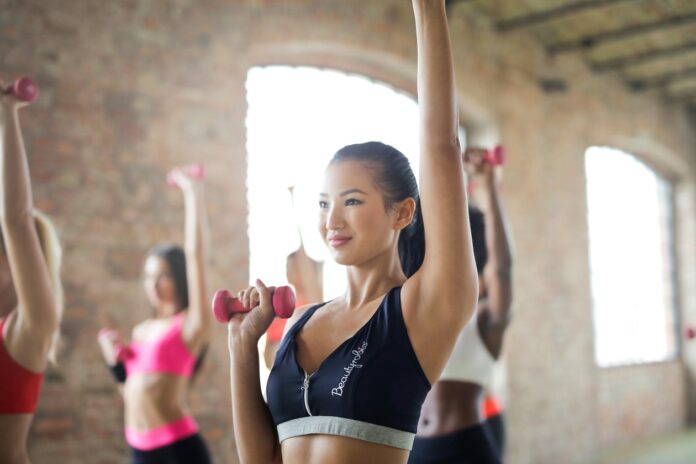Have you ever wondered why some athletes perform better while others struggle with basic movements? Functional fitness focuses on exercises that help the body move naturally and efficiently.
It is about training for real-life activities like lifting, bending, and twisting. This type of training improves strength, balance, and endurance while reducing the risk of injury.
If you are a coach, learning these techniques can help your clients stay fit and strong for everyday life. By the end of this guide, you will know four essential functional fitness techniques to improve training and boost health benefits. Let’s dive in!
1. Mastering Proper Squat Form
The squat is a key functional movement that strengthens the lower body. It works the legs, glutes, and core.
Many people squat incorrectly, which can lead to knee and back pain. Learning how to teach proper squat form is essential for every coach.
Start with bodyweight squats before adding resistance. Keep the feet shoulder-width apart, push the hips back, and lower the body as if sitting in a chair.
The knees should not go past the toes. Engage the core and keep the back straight. Practicing squats regularly improves posture, flexibility, and overall strength.
2. Building Core Stability with Planks
A strong core is the foundation of functional fitness. It helps with balance, posture, and injury prevention. Planks are one of the best exercises to strengthen the core without putting pressure on the spine.
To perform a plank, place the forearms on the ground, keep the body straight, and hold the position without sagging. Start with short durations and gradually increase the time.
Planks activate multiple muscle groups, making them a valuable addition to any training routine. A stable core enhances performance in both sports and daily movements.
3. Improving Mobility with Dynamic Stretching
Good mobility allows the body to move freely without stiffness or pain. Many people skip stretching, leading to tight muscles and a higher risk of injury. Coaches should teach dynamic stretching before workouts to prepare the body for movement.
Dynamic stretches such as leg swings, arm circles, and lunges with a twist help boost blood flow and loosen up the muscles.
Unlike static stretching, which is done after exercise, dynamic stretching gets the body ready to move. Better mobility leads to better performance and fewer injuries.
4. Enhancing Functional Strength with Deadlifts
The deadlift is one of the best exercises for building strength in the legs, back, and core. It mimics real-life movements like picking up heavy objects. Learning proper deadlift form is crucial to prevent injuries and maximize benefits.
Start with light weights and focus on form. Stand with feet hip-width apart, grip the bar firmly, and lift by driving through the heels while keeping the back straight.
Deadlifts improve posture, grip strength, and muscle coordination. Coaches who teach this exercise correctly help their clients develop strength that carries over to daily life.
For example, if you want to expand your knowledge, check out https://www.americansportandfitness.com/products/functional-fitness-certification
Unlock Your Coaching Potential with Functional Fitness Using This Guide
Functional fitness training is a game-changer for both athletes and everyday individuals. By mastering squats, planks, dynamic stretching, and deadlifts, coaches can help their clients move better, prevent injuries, and build strength for life. These techniques are simple yet powerful in improving overall fitness.
Coaches who use these techniques can create safer, more effective training programs for their clients. Are you ready to take your coaching skills to the next level? Start applying these techniques and see the difference in your training sessions.
Did you like this guide? Great! Browse our website for more!





